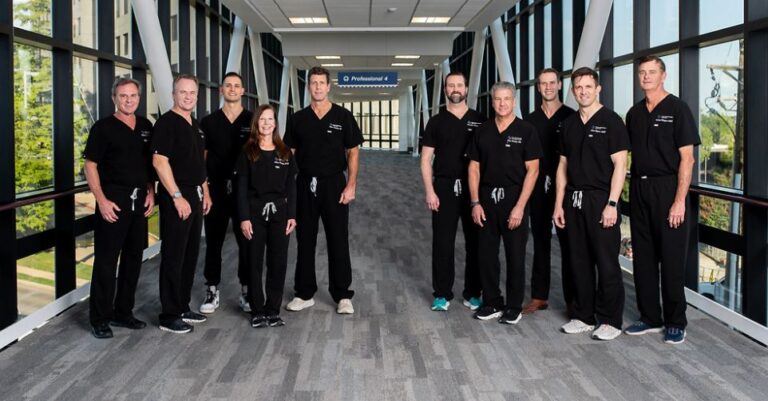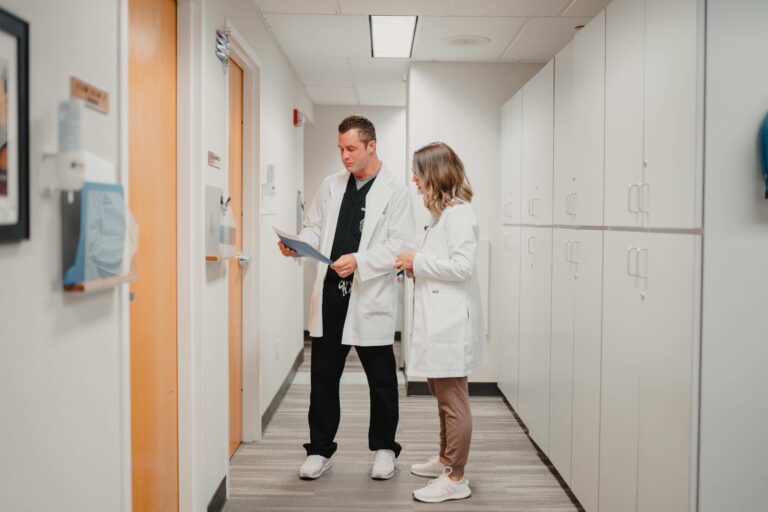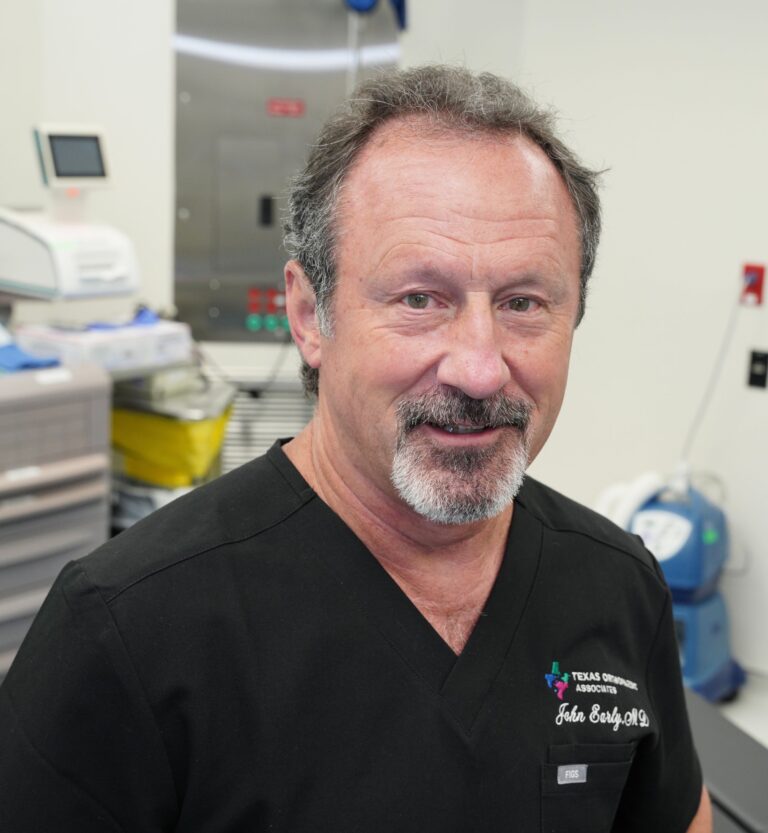Cartilage damage is common, especially in weight-bearing joints like the knees and hips or the large ball-and-socket shoulder joints. In fact, cartilage damage is an integral part of arthritis, a condition affecting about a quarter of American adults.
As a leading orthopaedics practice with offices in Dallas, Plano, Keller, Weatherford, and Fort Worth, Texas, Texas Orthopaedic Associates treats cartilage damage with state-of-the-art stem cell therapy aimed at repairing damaged cartilage without surgery. If you have aching joints, here’s how stem cell therapy could help.
Cartilage 101
Cartilage is a thick, slick, rubbery material that covers the surfaces of bones in your joints. As an integral part of your joints, cartilage protects your bones from damage when you bend and flex your joints, and it also helps your joints move smoothly and without pain.
Cartilage can be damaged from traumatic injuries, like falls or sports injuries. But most cartilage damage happens from years of wear and tear on the joint surfaces. Some people are more prone to cartilage damage, including:
- Older people
- People who are very overweight
- Very active people, like athletes
- People whose jobs require lots of squatting or lifting
Cartilage damage eventually leads to arthritis and inflammation, which in turn causes more cartilage damage. As the cartilage layer wears away, pain, stiffness, and other symptoms grow worse, sometimes leading to permanent disability.
Medication and physical therapy may help lessen symptoms, but these treatments won’t repair damaged cartilage. Until the advent of stem cell therapy and regenerative medicine, joint replacement surgery was the only way to “cure” symptoms caused by damaged cartilage.
Stem cells and cartilage repair
Stem cells are like the “blank slates” of your body, able to transform into many different kinds of cells, including cartilage, muscle, and bone cells. The “transformation” happens when the stem cells are acted on by other cells and chemical “triggers.”
When stem cells are implanted at the site of cartilage damage, those stem cells may become new cartilage cells that can replace cartilage cells that have been damaged.
In the very early days of stem cell therapy, researchers used embryonic stem cells, resulting in a lot of controversy over the treatments. Today, doctors use mesenchymal stem cells that are extracted from your own fatty tissue or bone marrow.
What to expect from stem cell therapy
Stem cell therapy starts with a simple procedure to harvest the stem cells from your body. Typically, our team harvests cells from bone marrow in your hip or pelvis using a long, special needle and local anesthetic to keep you comfortable.
The harvested cells are prepared and purified to remove debris. Then, the cells are injected into the area of cartilage damage. The therapy is performed on an outpatient basis, and our team will give you care instructions, including activity restrictions, to give the area time to heal.
It takes awhile for stem cells to transform or “differentiate” into new cells, and most patients begin to experience benefits of their therapy within about six weeks. Those improvements may continue for several months as cartilage repair takes effect.
Find out if stem cell therapy is right for you
Stem cell therapy can be a great choice for many patients, but it’s not the only joint treatment our practice offers. Before recommending any treatment, your provider will perform a series of evaluations to ensure stem cell therapy is the best choice for you.
Chronic joint pain tends to worsen over time, and the sooner you have treatment, the faster you’ll find relief. To learn more about stem cell therapy for joint pain, book an appointment with Texas Orthopaedic Associates online or over the phone today.













